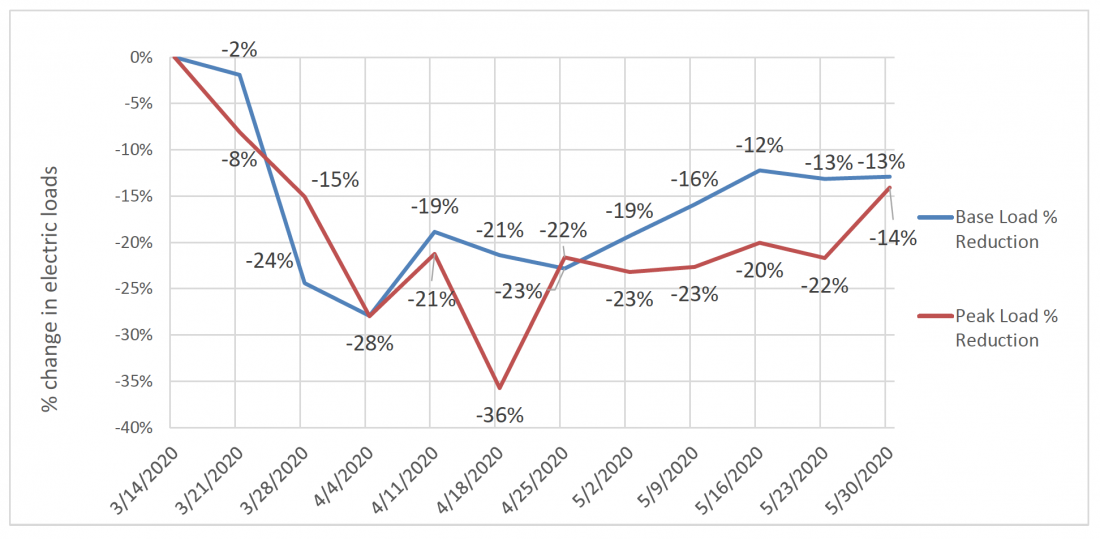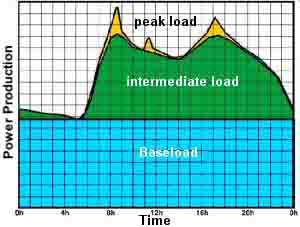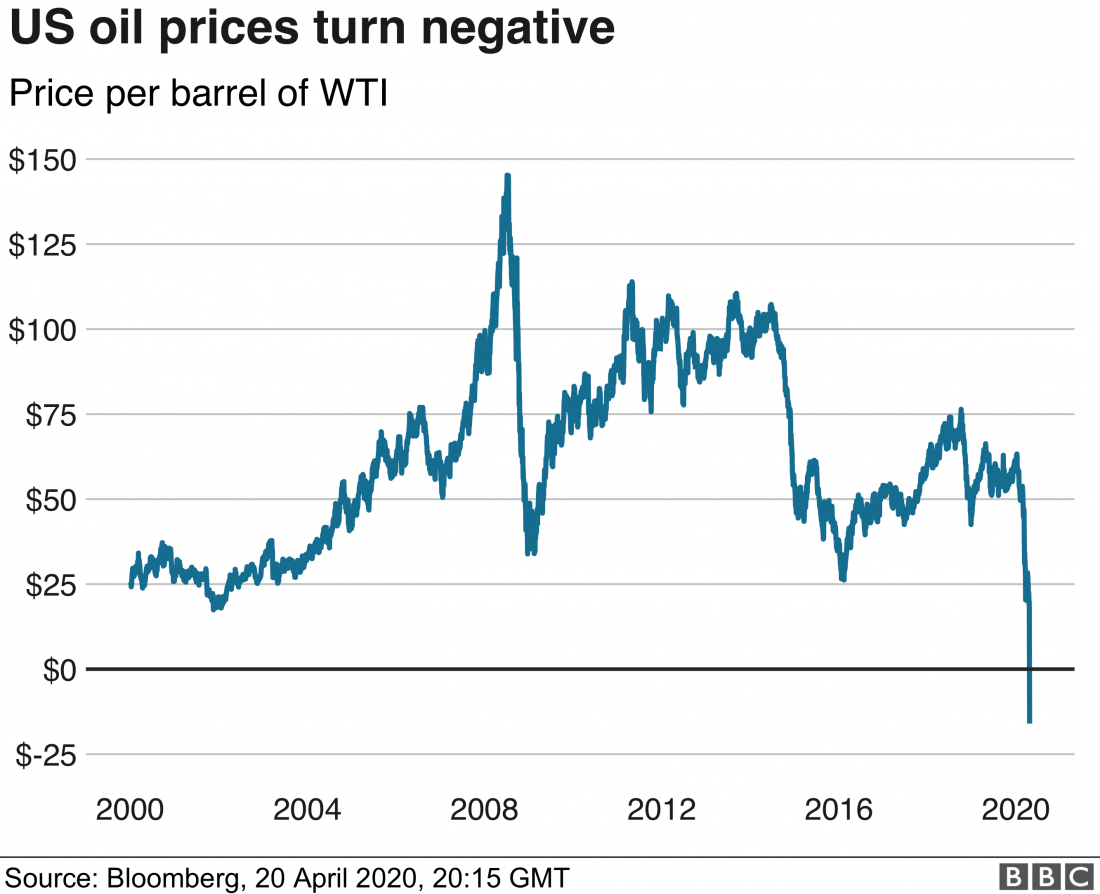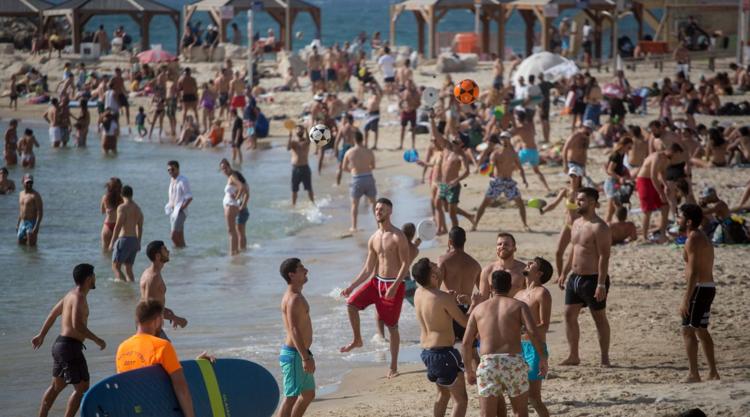There are two branches to making campuses more sustainable: reducing carbon emissions (with the objective of zero carbon by mid-century) and increasing resiliency in the energy supply. We have dealt with both objectives throughout this blog. One campus’ conversion to zero carbon emissions is a small-scale part of the stuttering global energy transition. The goal is to mitigate climate change by both substituting sustainable energy sources for fossil fuels and increasing energy efficiency. With this shift comes the need to increase our energy storage. Given the inconsistent energy availability of renewables, we must be able to store at least as much as the expected required load.
Climate change worsens extreme weather events and makes them more frequent. (Note that climate change does not create these events; it fosters the environment that does.) That means we are facing prolonged heat waves and major storms. Both of these can overload power grids. We therefore need to increase the resiliency of our energy availability to counter such predicted major disruptions. One way to do so is to redistribute some of our energy away from centralized grids toward smart grids and micro—or-semi-independent—grids.
I have consistently said that we can use the energy transition on campus as a hands-on laboratory tool in teaching. We can, and should, engage students in major practical activities so that they can apply these skills post-graduation.
The National Renewal Energy Laboratory (NREL) has summarized state-of-the-art campus conversions to zero carbon emissions:
University Campus Goals
The higher education sector spends more than $6 billion on annual energy costs and totals an area of about 5 billion square feet of floor space (Better Buildings 2018). Universities are among the leaders in the United States in setting goals such as zero energy or carbon neutrality. The primary origin of significant U.S. university leadership on campus emissions reductions was the American College & University Presidents’ Climate Commitment (ACUPCC). The ACUPCC was launched in 2007, and 336 institutions had joined the initiative by September 15, 2007 (Second Nature 2017). As of early 2018, more than 650 institutions have signed up, with representation from all 50 states. Several university systems have pledged climate goals for their entire university system. For example, the University of California (UC) has pledged to become carbon neutral by 2025 (buildings and vehicle fleet), becoming the first major university system to commit to this goal (University of California 2013). Further, several university campus energy and sustainability ratings have emerged, such as the Sierra Club’s Cool Schools (Sierra Club 2017). One of the most rigorous sustainability ratings is the Association for the Advancement of Sustainability in Higher Education Sustainability Tracking, Assessment & Rating System (STARS). STARS is a self-reporting system that provides a bronze, silver, gold, or platinum sustainability rating. By June 2018, more than 900 institutions had registered to use STARS, but only four campuses have achieved the STARS platinum rating: University of California, Irvine (UCI); Stanford University; Colorado State University; and the University of New Hampshire (AASHE 2018). As the largest energy users at universities are buildings and infrastructure, with labs and food service as the highest energy using sectors, this paper focuses on the energy use of buildings and infrastructure (Better Buildings 2018).
The Japanese corporation Hitachi has recognized US schools’ work in sustainability and their potential for leading the way in non-centralized energy distribution:
North America leads all other regions of the world in terms of annual capacity and revenue in this customer segment. Total capacity in 2015 was 219.7 MW and is expected to grow to almost 1.2 GW annually by 2024 with annual revenue for this segment in North America expected to reach $4.2 billion by 2024. College/ university campuses are particularly attractive microgrid candidates due to their large electric and heating loads. Further, they frequently have their own electric and thermal infrastructure and typically have only a few points of interconnection to the utility, making projects technically easier and less expensive. Universities have found that maintaining power supply during a grid outage is an important point for many fee-paying parents in the USA. Further, the ability for microgrids to help address the aggressive sustainability targets that many colleges/universities have adopted as well as using the microgrids as a research and educational platforms are important considerations. Example microgrids include those at the University of California, San Diego; New York University; Fairfield University; and Princeton University.
New York University and the University of Texas at Austin have each had success in their attempts to integrate both trends.
NYU:
New York University continued to buzz and glow throughout the night. The reason?
NYU runs on a microgrid, a semi-independent energy system able to generate and store its own power.
When the storm hit, NYU kept humming along.
Cut off from a central utility, it continued to produce its own electricity.
“If you take a look at the blackouts that were in the New Jersey, New York, Connecticut realm of Superstorm Sandy, the only places that were up and operating were those places that had a microgrid,” said Steve Pullins, Vice President at Hitachi Microgrid Solutions.
In an effort to build more resilient power systems and provide more low-carbon energy, the New York State Energy Research and Development Authority is awarding $40 million for the design and construction of microgrids across the state. Microgrids can help communities keep the lights on during the next Sandy, all while providing cheaper and cleaner power than the local utility.
New York state is reforming its energy system so that utilities have a stake in renewable power. The New York Public Service Commission just approved a plan that incentivizes utilities to work with developers to set up microgrids. Under the new structure, utilities stand to earn money by the making systems more efficient and resilient. Speaking at a conference in Manhattan last month, New York Energy Czar Richard Kauffman said, “The good news is that there are going to be a lot more microgrids.”
University of Texas at Austin:
The University of Texas at Austin houses what is often described as the most integrated and largest microgrid in the US, a model for saving energy and money.
Built in 1929 as a steam plant, the facility has evolved to provide 100 percent of the power, heat and cooling for a 20-million square-foot campus with 150 buildings.
The university is known for its premiere research facilities, which demand high quality, reliable power. And its microgrid has delivered with 99.9998 percent reliability over the last 40 years.
The facility features a combined heat and power plant that provides 135-MW (62-MW peak) and 1.2 million lb/hr of steam generation (300k peak).
The system also includes 45,000 tons of chilled water capacity in four plants (33k peak); a 4 million gallon/36,000 ton-hour thermal energy storage tank; and six miles of distribution tunnels to distribute hot water and steam. The microgrid engages in real-time load balancing for steam and chilled water. Since 1936, natural gas has fueled the energy plant.
… The plant’s CHP system allows it to recover heat energy that a conventional plant would waste – even a state-of-the-art supercritical unit might discard 40 percent of the heat it produces, Ontiveros said. But a CHP system extracts the heat from a steam turbine generator and re-uses it to heat the campus. Leveraging the existing distribution system captures more efficiency in cooling technology.
“We use all the tricks. We can do turbine inlet-air cooling, thermal storage, load shifting, load shedding. It’s all built into our load control system. We produce our all electric cooling at probably 40 percent (of the cost) that the rest of the world does,” he said.
The campus has become so highly efficient that despite its expansion it now uses no more fuel – and emits no more carbon dioxide emissions – than it did in 1976.
“The overall plant efficiency in those days was 42 percent; we’re at 86 percent now,” Ontiveros said.
Net Zero
While some microgrids sell power or services to the grid, UT Austin does not. This is because its energy plant is sized to be net zero, to produce only what it needs.
The university holds a 25-MW standby contract with the local utility for back-up power if equipment fails, at a cost of about $1 million annually, a small portion of the plant’s $50 million annual operating budget. Other than that, UT Austin operates with autonomy from the central grid.
“I see ourselves as at high risk anytime we are on the grid because we are more reliable than them,” Ontiveros said.
Energy reliability is extremely important to the university. Eighty percent of the campus space is dedicated to research valued at about $500 million.
“If a professor loses a transgenic mouse with 20 years of research built into it, that’s a nightmare. That’s what keeps me up at night,” Ontiveros said.
Another paper, “Living labs and co-production: university campuses as platforms for sustainability science,” does a great job explaining the concept of treating a campus as a learning laboratory.
I will probably spend the rest of my working time trying to push my university forward in this direction.














